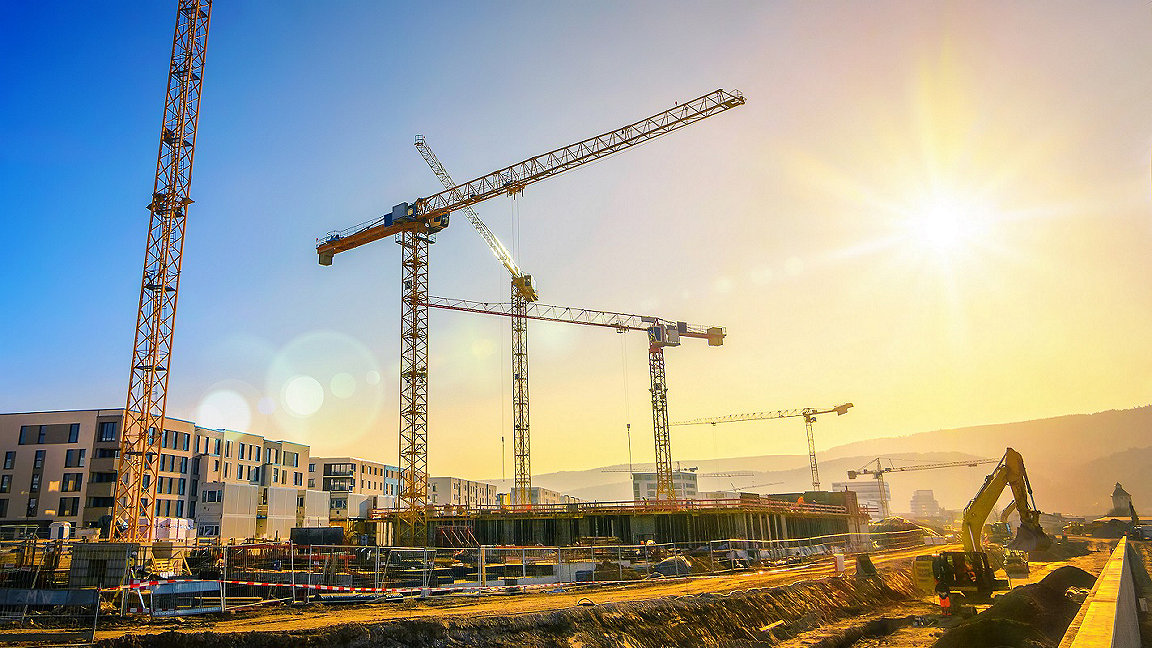
"Health and well-being" and "human-centric design" have become buzzwords for the built environment profession over the past decade.
Whether thinking of air, light, acoustics or temperature, the market is moving towards buildings that prioritise occupants' happiness and their mental and physical health. The past year has cemented this focus as an essential consideration for any building that will be reoccupied after the pandemic.
There are numerous research articles and reports on this topic, illustrated by photos of swankily furnished offices with sleek interiors and lustrous green plants. At the World Green Building Council (WGBC), we have spent the best part of a decade gathering research, case studies and evidence to demonstrate the business case for sustainable buildings through enhanced human health.
Business and beyond
Human health and satisfaction in the working environment is correlated with higher employee productivity, reduced sickness levels and heightened financial returns for an office-based organisation.
I have presented this business case dozens of times in conferences around the world. When I explain that a Harvard University study has found employees' cognitive scores are 101% higher in a green and healthful office environment with enhanced ventilation and optimised indoor air quality, I know I'll see the camera phones pop out.
For WGBC, the finances provide additional, enticing benefits for the sustainable buildings we advocate. However, I have in the past few years been asked the same question – is this really what health means?
WGBC is a global network. We represent 70 national Green Building Councils (GBCs) and their 36,000 members. It was feedback from these national councils – who participate in our global Better Places for People project dedicated to health and well-being – that prompted our global re-assessment of how to define this pressing issue.
For me, the lightbulb moment came during a phone call in 2018. A staff member at GBC South Africa pointed out that, although the business case reports, research and productivity gains were interesting, its regional priorities were to tackle drought, inequality and social challenges occurring within communities and cities. What Better Places for People was doing didn't speak to the organisation there.
"Human health and satisfaction in a work environment is correlated with higher employee productivity, reduced sickness levels and heightened financial returns for an office-based organisation"
Redefining health and well-being
In the 2 years since this call, WGBC has run an extensive global consultation to redefine health and well-being in the built environment. We spoke with national GBCs and their members, sought expertise in the construction industry, consulted with private-sector organisations, learned from the leading health-based certifications such as the WELL Building Standard, and were guided by engagement with the UN Environment Programme and the World Health Organization.
- The industry is well aware of the wider health and social challenges of the built environment, and wants to tackle them with greater ambition.
- Health and well-being in the built environment mean very different things across the world. WGBC recognises differences in geography, development, culture and politics that change priorities for human health and quality of life. We realised that we needed to redefine health in a broad enough manner to reflect this global variation.
- Health and well-being is a social issue, but health in the built environment is affected by all areas of sustainability, namely economic and environmental as well as social. The growing popularity of the UN's Sustainable Development Goals is clear as countries, multinationals and SMEs are beginning to report their progress directly against them. This is creating a more holistic approach to sustainability, and this is a trend evident in the sphere of health as well.
- We must consider the health and well-being of every person affected at each stage of the building and construction life cycle. This may include individuals working in material extraction at the early stages of the supply chain, those working in the construction industry, the local community, and people living, visiting and working in an operational building. We must also consider those on the other side of the world affected by the emissions and pollution from a building or construction project.
From these findings, we have developed the WGBC Health & Wellbeing Framework. With 6 high-level principles, the framework offers research-based recommendations for health and well-being strategies throughout the building life cycle. It covers all areas of sustainability, from human rights in the supply chain and diversity and inclusion in the construction sector to mitigation and adaptation to our climate crisis.
Flexible tool
We see the framework as a flexible tool. It will be used for a range of tasks, including education and training, advocacy, and encouraging the use of certifications. It is just as relevant for an SME benchmarking its own sustainability practices as it is for a multinational or a regional government.
The WGBC global network will in 2021 seek to encourage built environment businesses to adopt and advocate for this wider scope of health and well-being. The role of surveyors will be key to ensure practical engagement with these strategies and recommendations in the built environment and the communities it serves.
We recognise that the scope of the framework is ambitious. It aims to protect and improve the quality of life of every person affected by the built environment.
As we move beyond the pandemic, we believe that the silver lining of 2020 is a recognition of the importance of human health. We have a deeper understanding of the importance of equity, protecting the health of others as well as ourselves. This is the approach we want to develop, and we hope you will be inspired to be part of this work.
